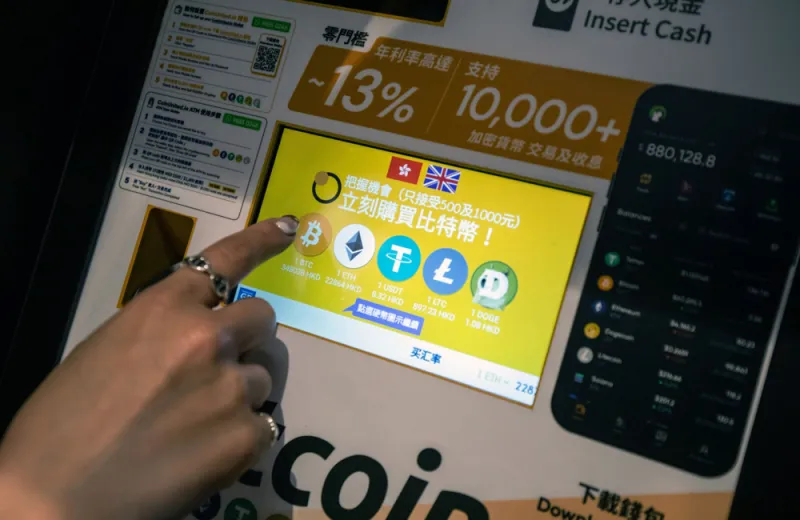The belief that cryptocurrencies will disrupt traditional finance is no more than a meme — or so argues new research from Research Affiliates.
In the post Alex Pickard, RA’s vice president of research, said that popular claims surrounding Bitcoin and the blockchain have spread through the crypto community much like the visual memes seen on social media. But instead of pictures with white text, Pickard said these “memes” are statements like “Bitcoin is the future,” “Blockchain is permissionless,” and “You can be your own bank.”
“These memes, along with countless others, function as word-of-mouth marketing to entice speculative cryptocurrency investment,” he wrote. But according to Pickard, there are at least three barriers that cryptocurrencies need to overcome before they overthrow traditional finance.
For one, Pickard said that being disruptive is intrinsically at odds with being profitable. To illustrate this, he constructed a simple pricing model, where the price of cryptocurrency is the sum of its fair value and three premium factors. A wide adoption of cryptocurrencies would increase their fair value, but decrease the three premiums substantially more, he said.
Those three premium factors — which he listed as avant-garde premium, speculation premium, and byzantine premium — are all associated with the fact that crypto is not yet extensively understood by the public.
“Investors read confusing, jargon-laden articles and become convinced that smarter people than themselves are investing, so they should too,” Pickard wrote. “Simplicity does not inspire investment in the way that complexity does.”
Once the confusion about blockchain technologies fades away – a precondition for any innovation to be truly disruptive – the premiums would no longer exist, thus dragging down the price of cryptocurrencies, Pickard said.
The second barrier, according to the Research Affiliates VP, is that the traditional financial institutions are simply too big to hand the reins over to blockchain technologies. Citing the Lindy Effect, which states that the future life expectancy of a nonperishable depends on its current age, Pickard found that the life expectancies of the Federal Reserve and Bank of New York Mellon, the oldest bank in America, are 8.4 and 18.3 times longer than that of Bitcoin, respectively.
“‘Crypto will disrupt traditional finance’ and ‘Bitcoin is the future’ are powerful memes that have successfully encouraged people to buy bitcoin and other cryptocurrencies over the past 10-plus years, yet the power of memes has hardly made a dent in the power of traditional finance,” he wrote.
The last hurdle lies in the crypto community itself. Pickard argued that while early crypto investors valued the actual use of Bitcoin, investors in the later stages are now more focused on speculating on its price.
“The early days of Bitcoin presented the opportunity for Bitcoin advocates to pave the way for Bitcoin use to be mimicked; however, we have seen Bitcoin and cryptocurrency speculation mimicked instead,” he wrote. “If people believe cryptocurrencies are the future, and this gives them hope, a sense of community, and inspires investment, this is a golden goose. Disruption would kill the golden goose.”
Yet despite all the barriers, Pickard thinks there is still investment value in cryptocurrencies because disruption will not come anytime soon. In the short term, merely betting on the price of cryptocurrencies based on exogenous factors and ignoring their actual use value could still yield profits.
“People will continue to bet on the price of cryptocurrencies,” Pickard concluded. “After all, they are excellent vehicles for speculation. Whereas speculation occurs in most markets, in cryptocurrency, speculation is the market.”







